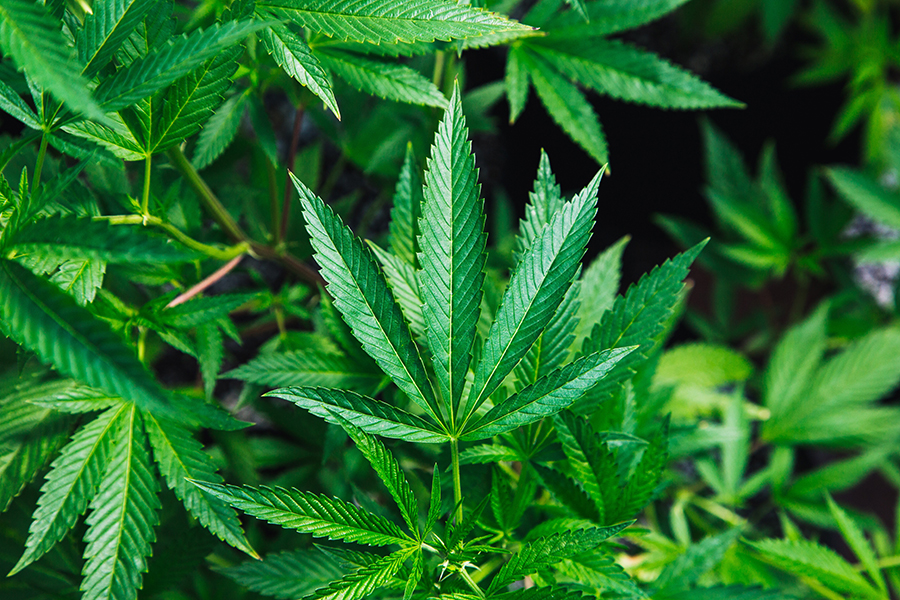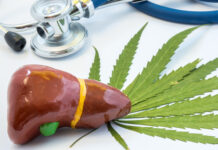The cannabis plant contains over 100 different cannabinoids, with the two most well-known and well-studied compounds being THC and CBD. New medical cannabis patients should bear in mind that THC is responsible for the psychoactive “high.” On the other hand, CBD is non-intoxicating and does not generate any mind-altering effects.
This article will outline the historical as well as modern medicinal uses of THC. Interested medical cannabis patients will also learn how to decipher THC and CBD concentrations when determining which cannabis products suit them best.
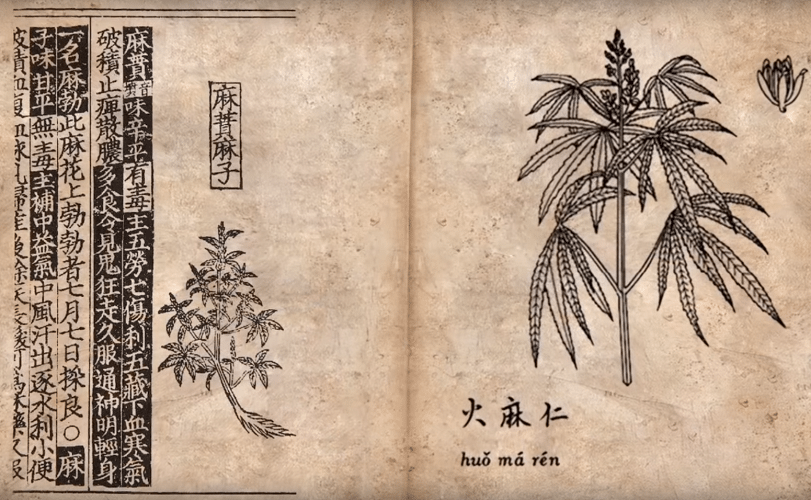 Historical Use of Medicinal Cannabis
Historical Use of Medicinal Cannabis
Cannabis has long been championed for its medicinal merits by the great civilizations of antiquity such as the Egyptians, Chinese, Greeks, and Indians.
In 2737 B.C, Chinese emperor Shen Nunh used medical cannabis to treat gout and rheumatism. In ancient Egypt, as far as 2,000 B.C, cannabis was known to treat cataracts and sore eyes. The ancient Greeks also implemented cannabis as medicine to treat edema, inflammation, and earache.
Fun fact: Cannabis happens to be one of the fifty essential traditional Chinese herbs used in traditional Chinese medicine. back then, ancient cultures were fully aware of the analgesic, anti-inflammatory, anti-epileptic and diuretic traits of cannabis.
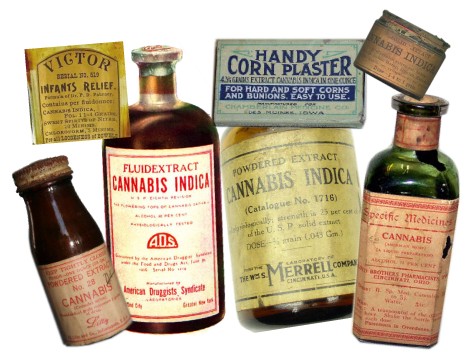 Rediscovery of Cannabis
Rediscovery of Cannabis
After much-lauded use through the centuries, therapeutic cannabis knowledge was lost to the sands of time. It resurfaced in the early 1800s when Irish scientist, William Brooke O’Shaughnessy rediscovered and reintroduced medical cannabis and its many medicinal functions to western medicine.
Currently, medical patients in Canada and around the world are utilizing medical cannabis to help manage all kinds of health problems from chronic pain, insomnia, anxiety, depression, PTSD, seizures, epilepsy, and cancer-related symptoms like nausea, low appetite and pain management.
The progression of cannabis from ancient to modern medicine has spanned literally over thousands of years. With current mainstream acceptance and application, the journey has finally come full circle.
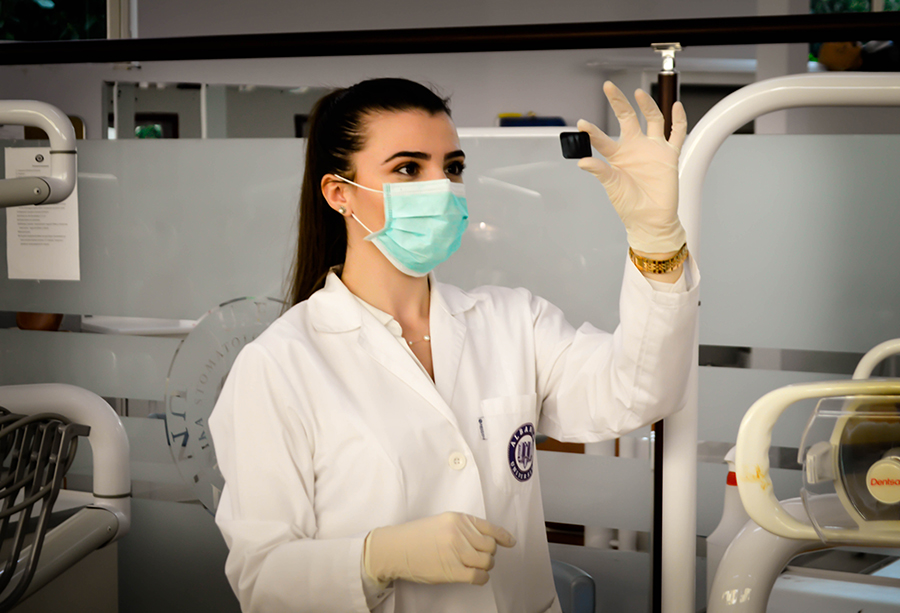 The Medicinal Value of THC
The Medicinal Value of THC
When we talk about cannabis in terms of medicinal value, it may seem like CBD receives most of the attention over its psychoactive counterpart, and for the most part, that’s true.
Effects from THC can potentially include helping patients with pain management, increasing appetite, and helping to fall asleep. These are definite benefits that greatly aid patients dealing with chemotherapy-related health issues such as difficulty eating, difficulty sleeping, chronic pain, and improvement in the quality of life.
Understanding THC Potency in Cannabis Products
By law, medical cannabis products sold in Canada are required to display clear labels indicating THC and CBD amounts. The reason for this is that different ratios can produce different effects. Ultimately, everything depends on patient needs.
Generally speaking, cannabis strains with high CBD and low THC amounts are more tailored for medical patient purposes. Conversely, cannabis strains containing high THC and small CBD amounts are usually preferred by recreational users.
The below example contains three different strains, each with three different THC to CBD ratios.
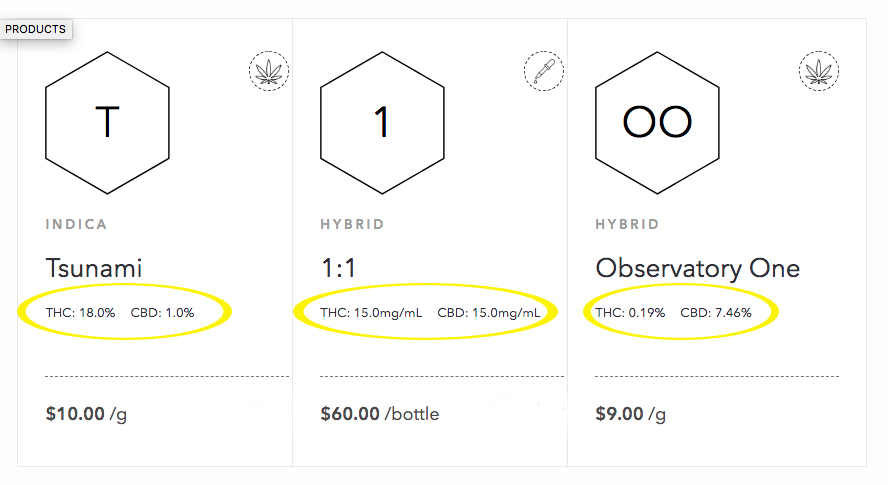
Following this criterion, the Tsunami brand is considered to be reasonably potent at 18.0% tetrahydrocannabinol. In contrast, the “Observatory One” strain is CBD-dominant and contains only trace THC levels.
Balanced THC/CBD Strains
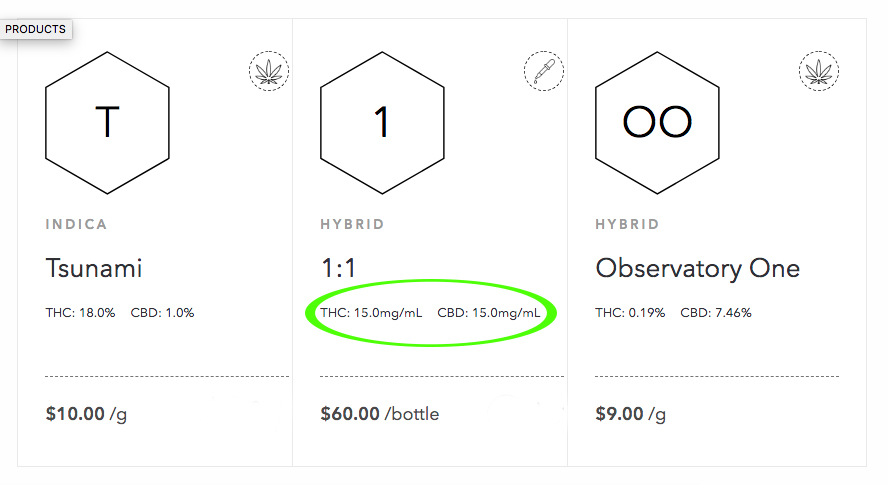
Having a look at the “1:1” strain, we know that “1:1” is a cannabis oil as indicated by the eye-dropper symbol in the upper right corner of the card. But what’s interesting is seeing that both THC and CBD limits are the same, each at 15.0mg/mL. This strain is an example of a balanced medication.
The maximum allowable amount of THC and CBD set by Health Canada for cannabis oils is capped off at 30.0mg/mL, so “1:1” has a pretty decent concentration level at 15.0mg/mL.
 THC is Available in Many Forms
THC is Available in Many Forms
Thanks to medical technology, tetrahydrocannabinol doesn’t have to be exclusively consumed through the process of combustion (smoking).
Many medical cannabis patients who are new to using cannabis don’t often choose to smoke as their optimal delivery method. Smoking can be harsh and painful in the lungs. Instead, we suggest that medical patients opt for more convenient and discrete delivery methods such as:
- cannabis oil
- THC capsules
- cannabis edibles
- THC oral sprays
THC Side Effects and Responsible Use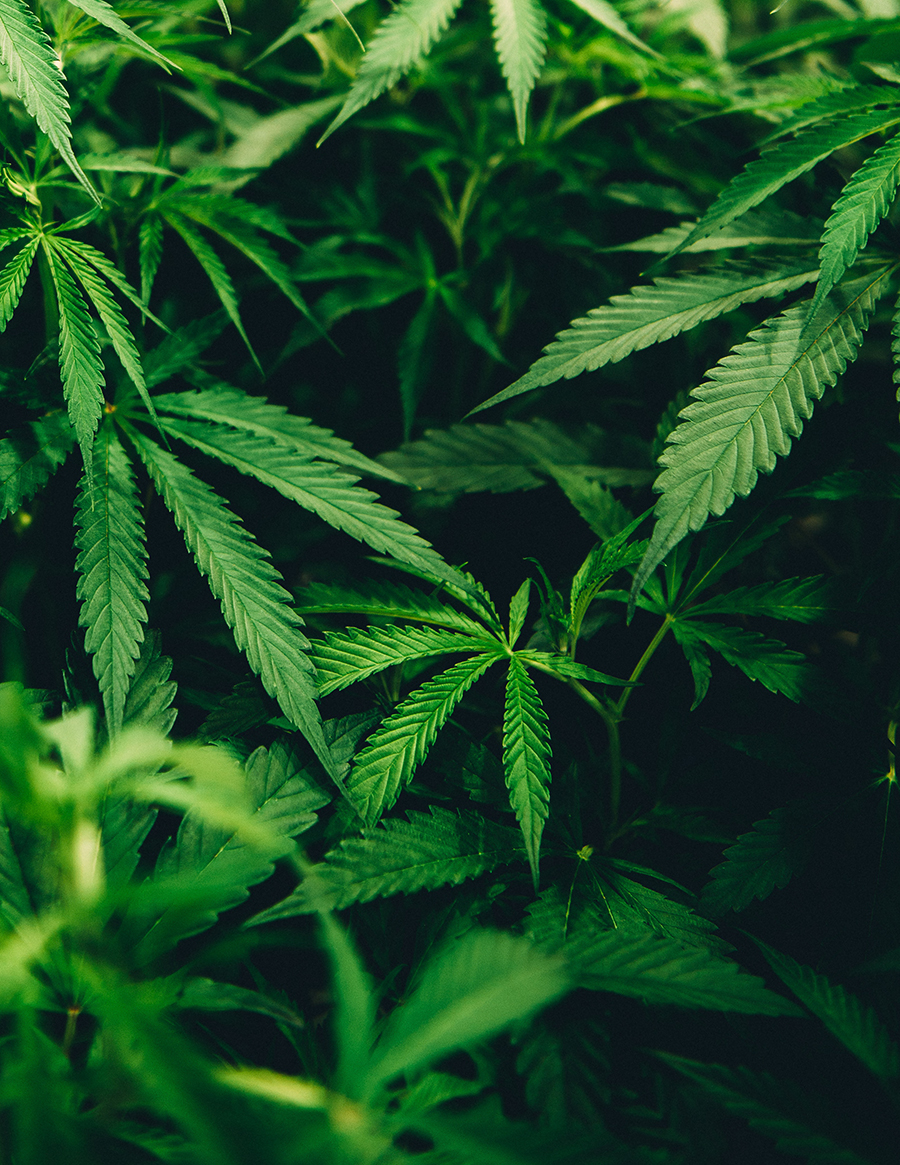
Safety first is safety always. THC can offer desired effects in small and controlled doses but also has the potential to cause unwanted and undesirable states if taken in excess. Here are some useful cannabis tips on usage:
- Start low, go slow. Begin with a small dose and give yourself ample time to let the effects take its course before administering another dose.
- Consuming tetrahydrocannabinol may cause drowsiness. Kindly do not combine with any sleep aids.
- Do not consume cannabis with alcohol. Both cannabis and alcohol are depressants, and combining them could lead to unpredictable and adverse effects.
- Consuming THC can compromise and impair your spatial awareness, depth perception, and delay your reaction time. Please don’t drive while cannabis is present in your system.
- Try to avoid smoking as a way to consume your medical cannabis. Instead, opt for safer and healthier consumption methods such as THC capsules, THC oils, and oral sprays.
- Don’t ingest cannabis if you are pregnant or breastfeeding.
- If you or a family member has any history of mental health or psychological issues such as bipolar or schizophrenia, please avoid cannabis. It can trigger and worsen pre-existing mental health conditions.
 The Final Word
The Final Word
When it comes to the pursuit of learning, knowledge, and understanding must come hand in hand. It’s essential for medical patients to educate themselves on the relationship between THC and CBD so they can intelligently choose between cannabis strains that address their needs.
Cannalogue’s mission is to provide all medical cannabis patients with access to as many licensed producers in Canada as possible. There are many different cannabis products out in the market, and each has its THC and CBD specifications. We believe patients need the total freedom of choice to find the right medicine that works for them.
